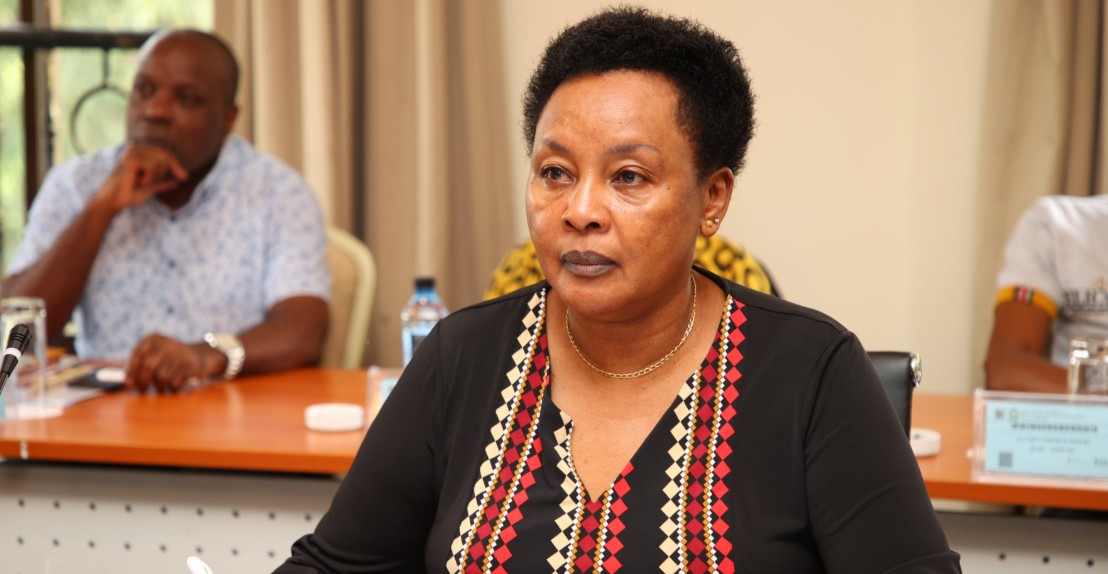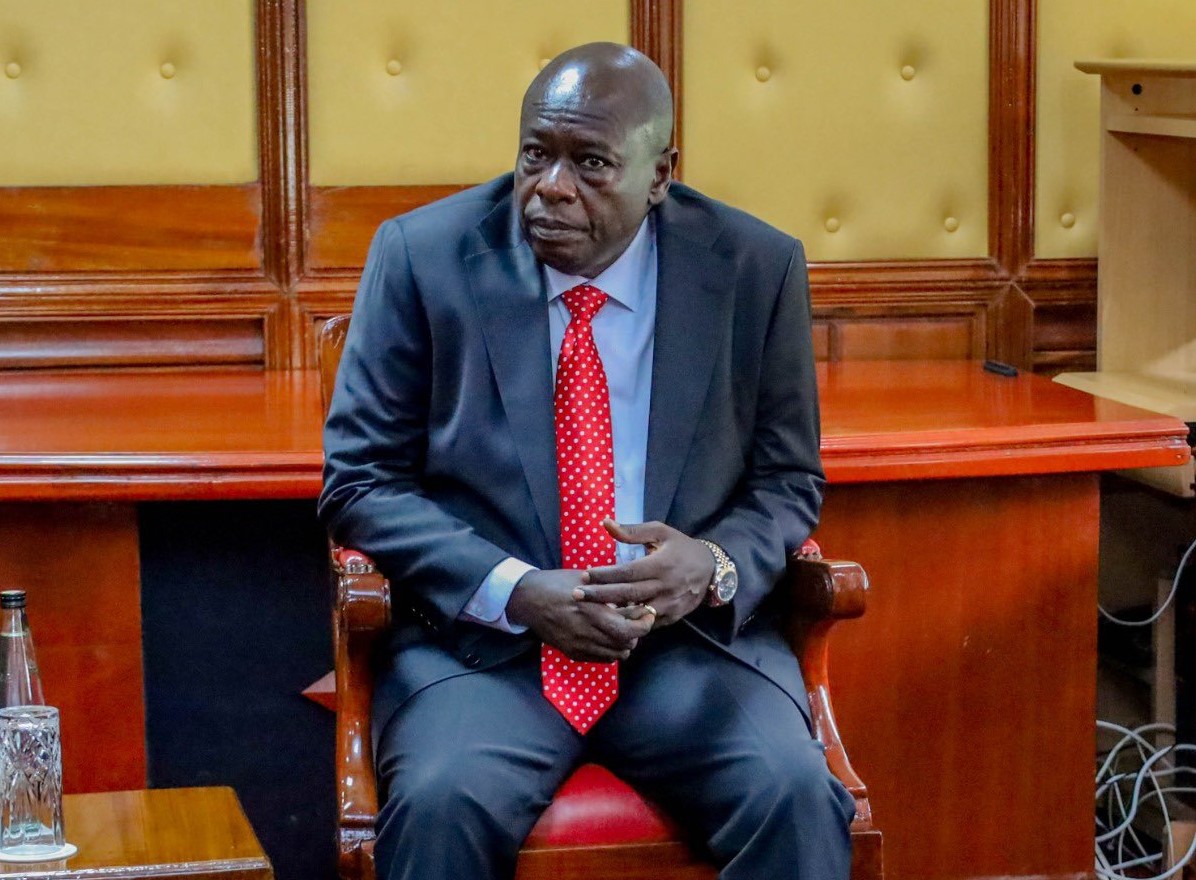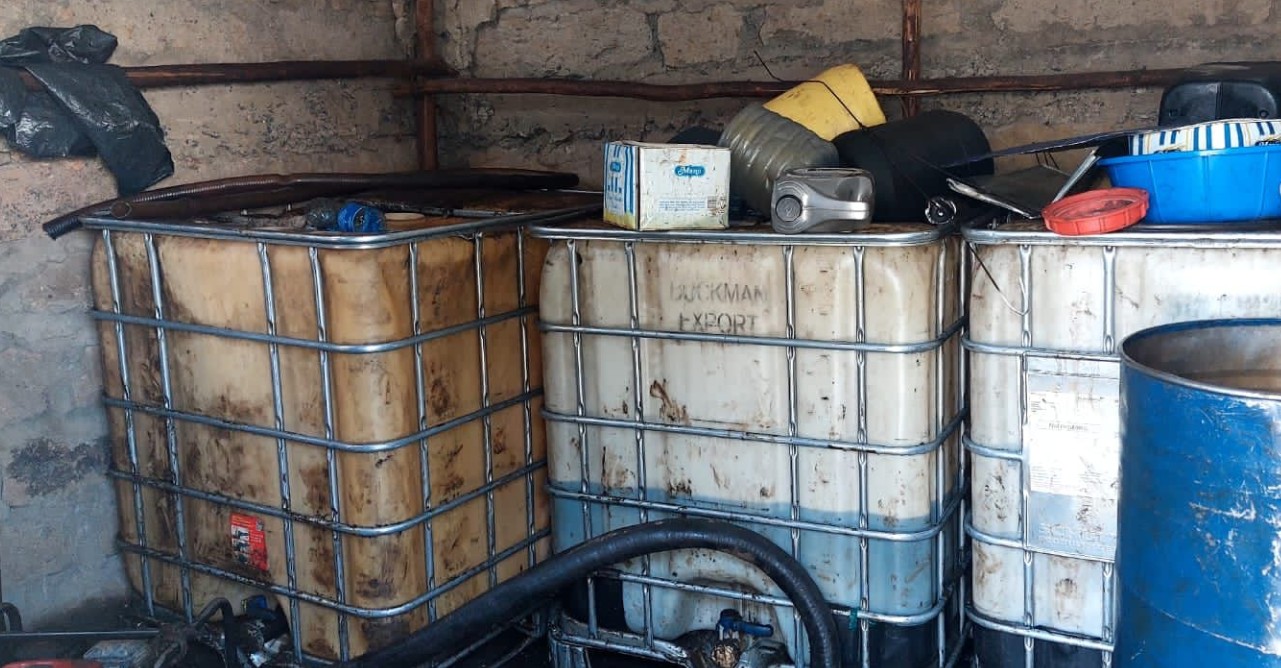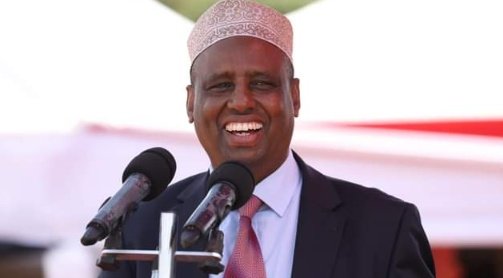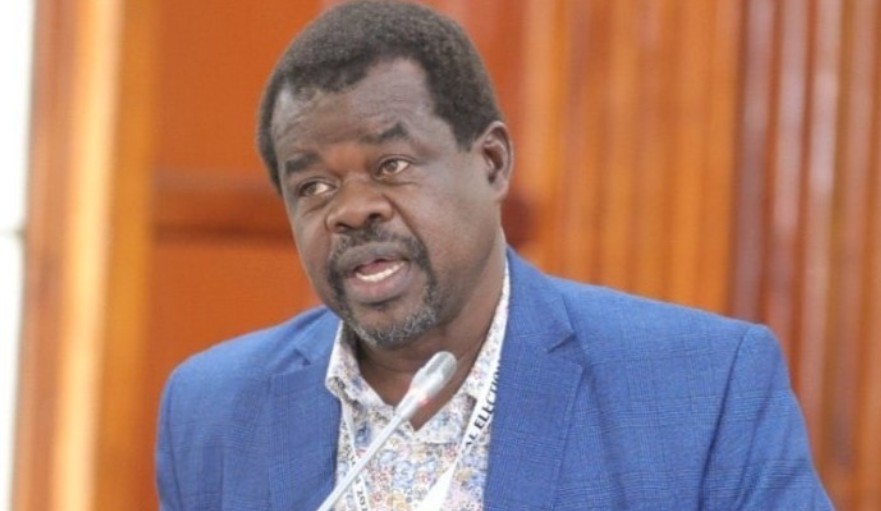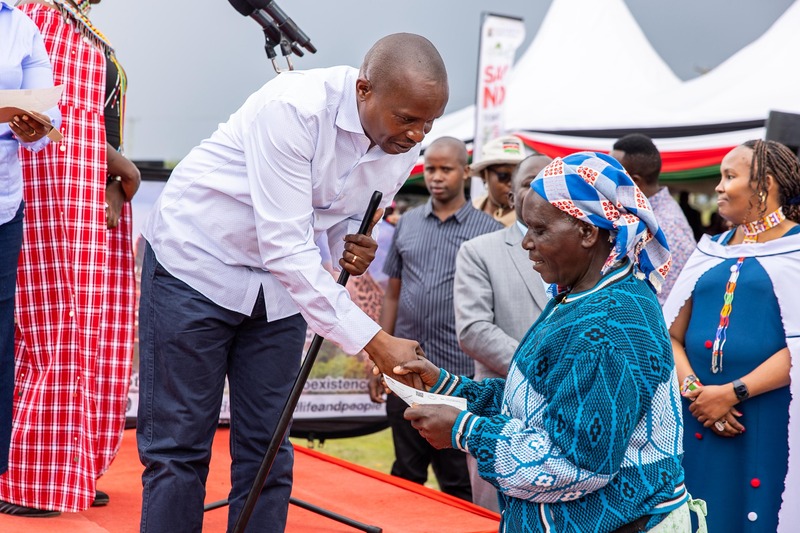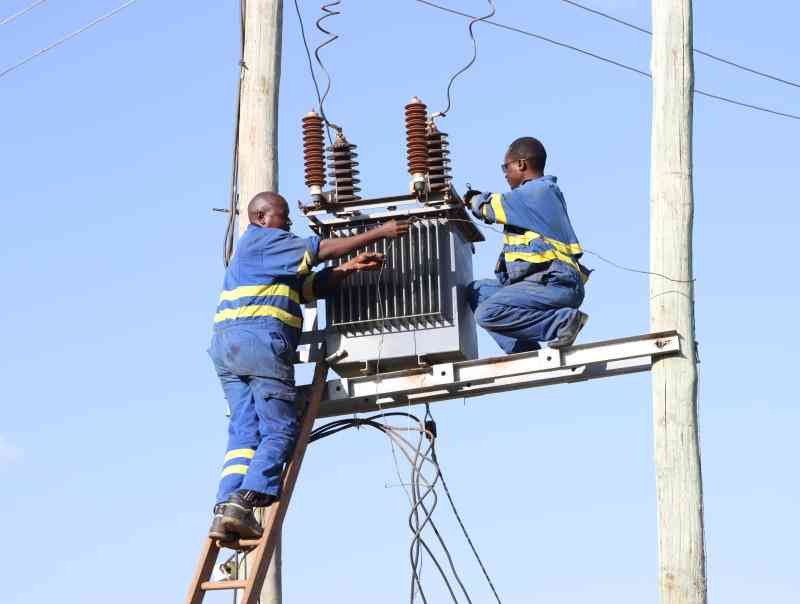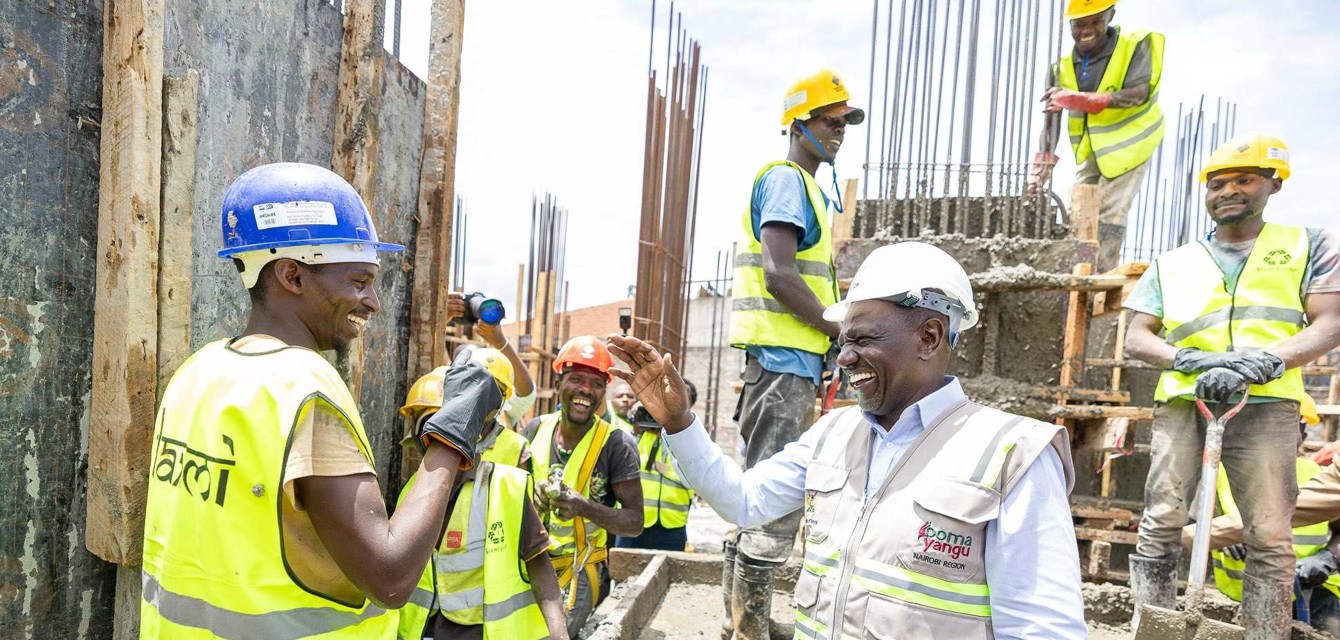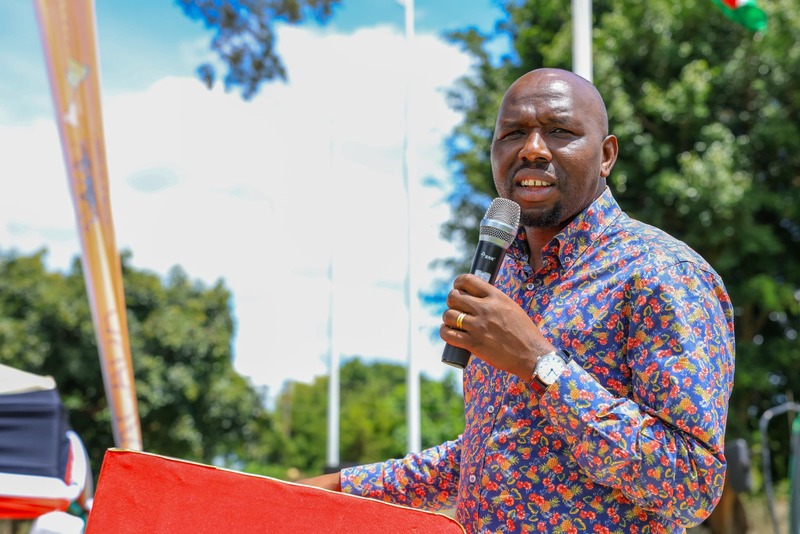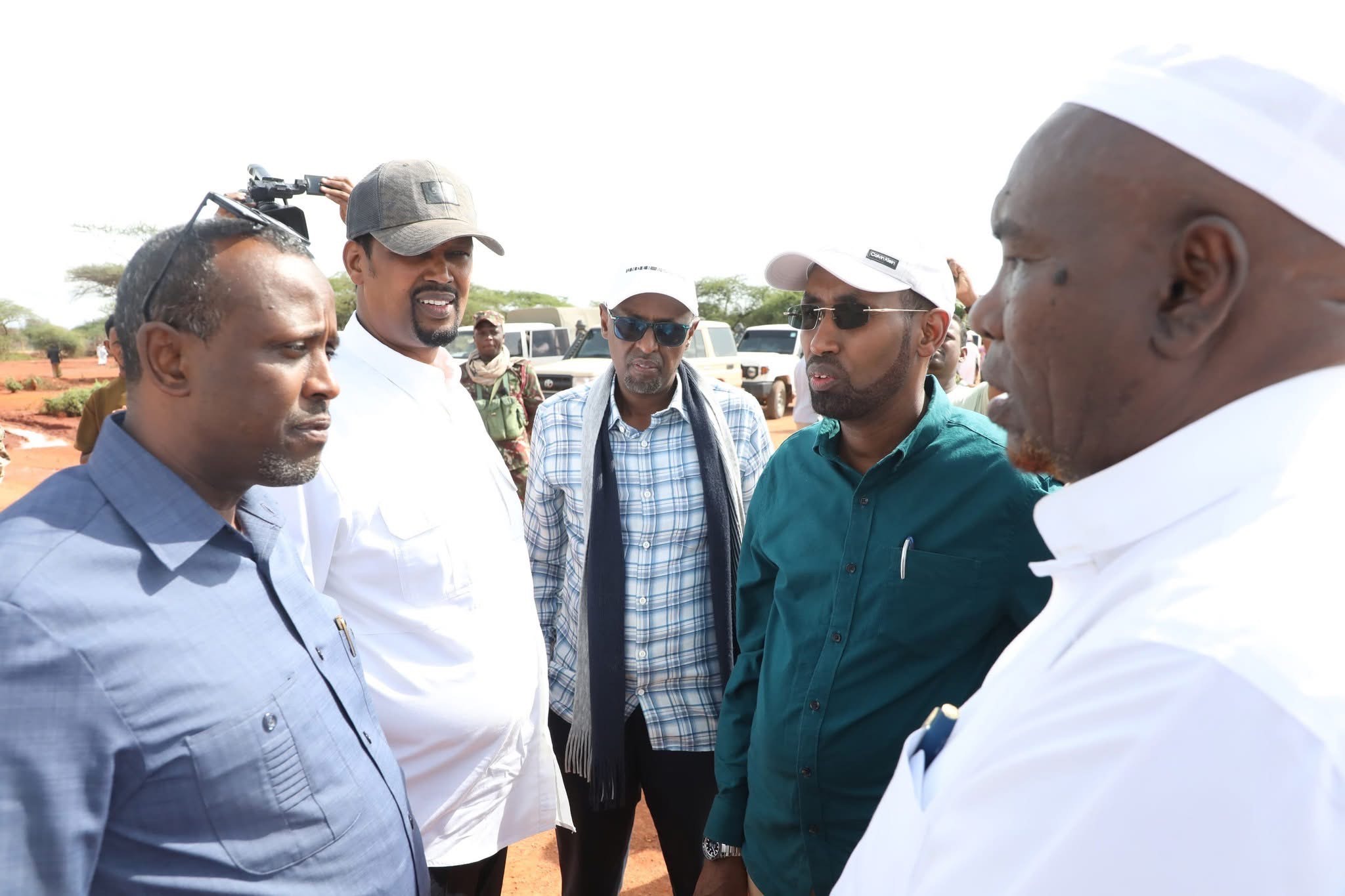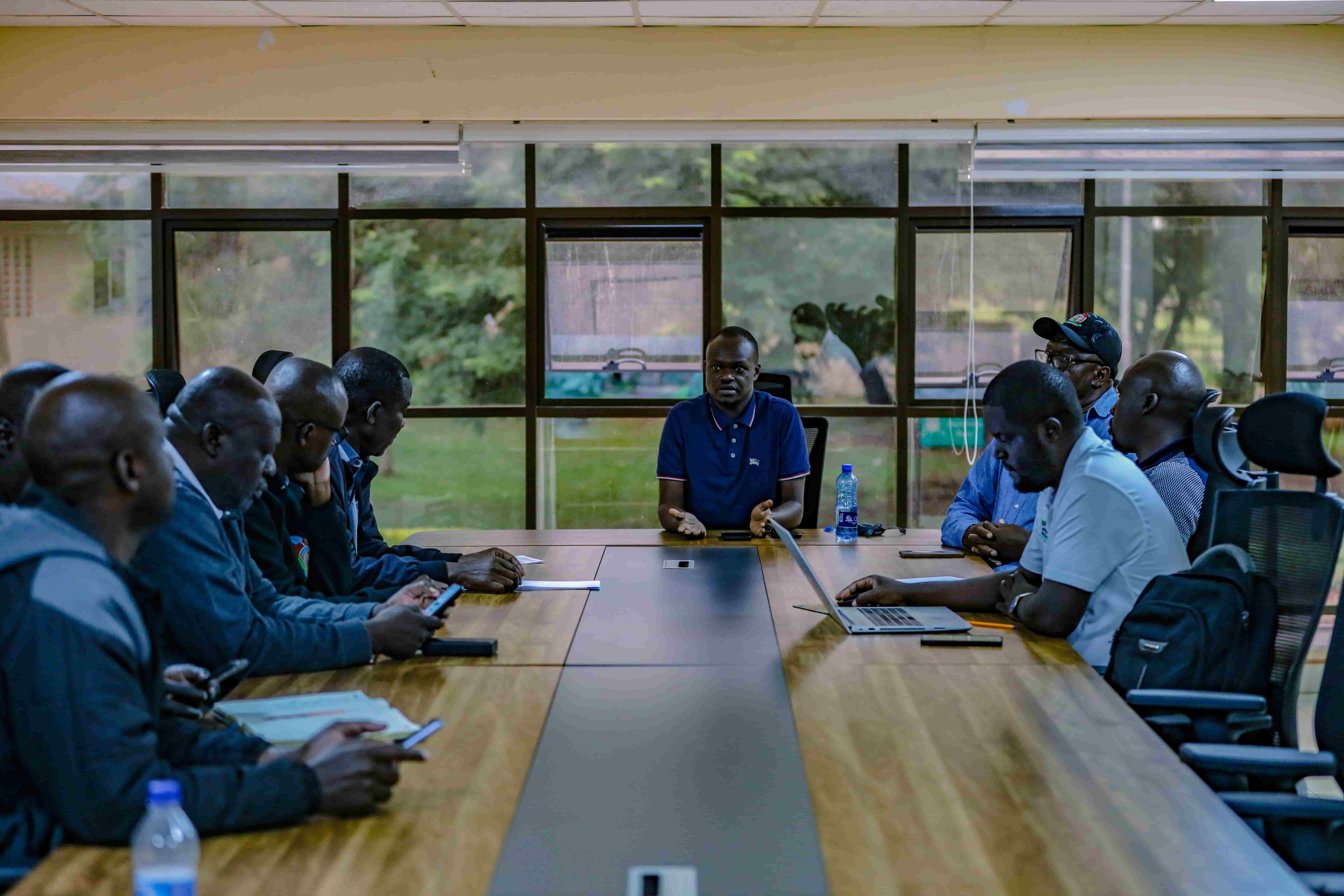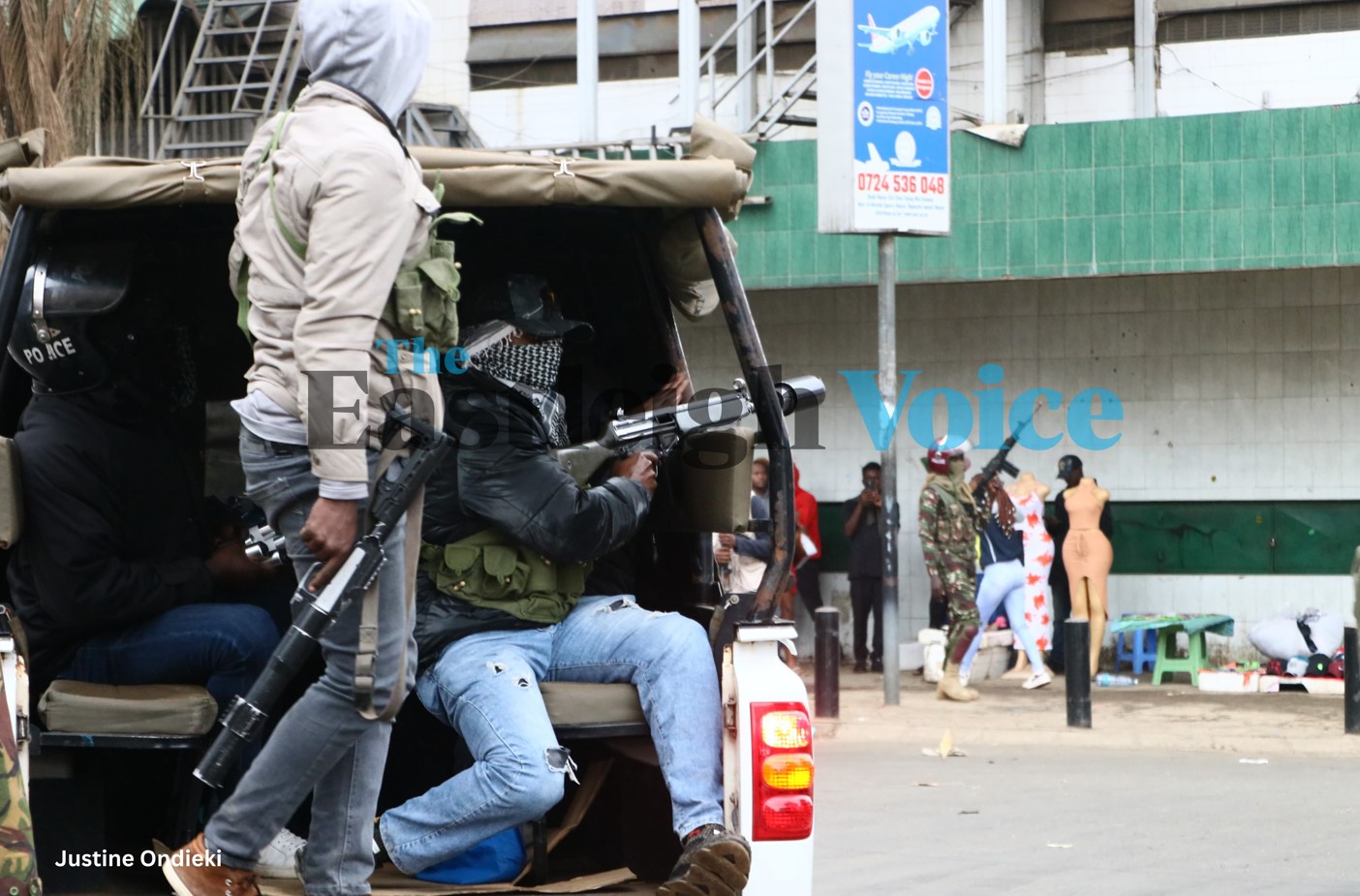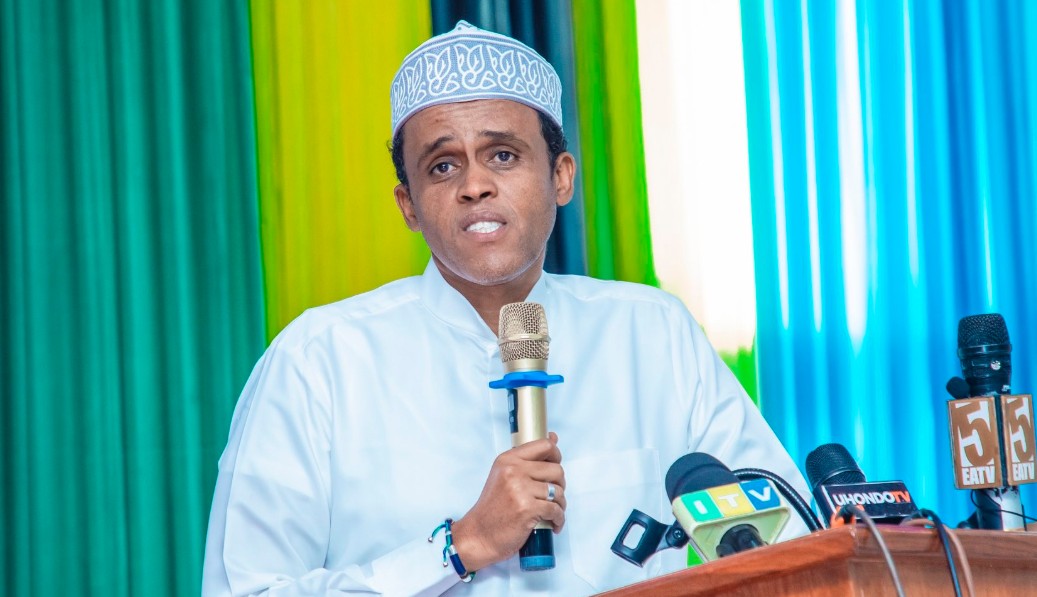Most residents of Wajir, Lamu and Isiolo unaware of state's affordable housing programme – KNBS report
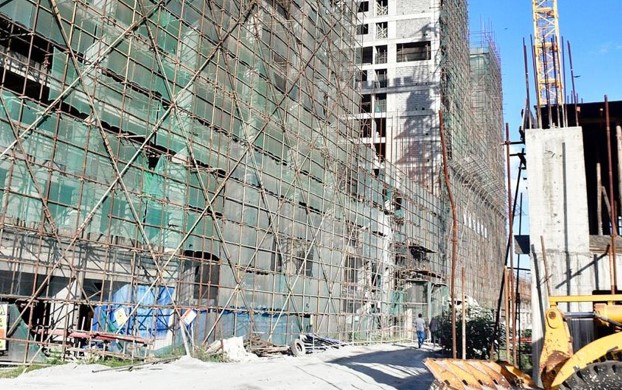
The KNBS report shows that 46.4 per cent of Kenyans have no information about the initiative, with only 53.5 per cent being aware of it.
Wajir, Lamu, and Isiolo are among the counties with the highest populations unaware of the government’s Affordable Housing Programme (AHP), according to a new report by the Kenya National Bureau of Statistics (KNBS).
A recent survey has revealed that nearly half of the Kenyan population is unaware of the government’s housing project.
More To Read
- Kenya’s trade deficit narrows by Sh10bn in 2024 as export growth outpaces imports
- International firms, hospitality, finance sectors lead Kenya’s top payers
- High interest rates, poor weather hold back Kenya’s economic progress
- Kenya’s economic output rises 8 per cent to hit Sh16.22 trillion in 2024
- Slowdown hits construction sector as fewer buildings being approved in Nairobi
- Kenya strides towards gender parity with notable gains in women's inclusion
The KNBS report shows that 46.4 per cent of Kenyans have no information about the initiative, with only 53.5 per cent being aware of it.
The survey, which covered the entire country, was extrapolated to represent 28.2 million adult Kenyans, revealing that approximately 13 million people are unaware of the project.
“Overall, 53.5 per cent of respondents indicated that they were aware of the affordable housing programme,” reads the KNBS report.
“Nationally, 7.7 per cent of respondents reported that they were aware of the stamp duty exemption for first-time homebuyers, 11.3 per cent of the respondents were aware of the affordable housing relief, with 16.2 per cent of those who were aware of the affordable housing relief reporting that they had benefitted from the incentive.”
The report highlights a significant gap in awareness between rural and urban areas.
Nearly half of rural residents (49.7 per cent) are not familiar with the AHP, while 40.1 per cent of urban dwellers are also unaware of it.
In Wajir, a staggering 95.2 per cent of residents are not familiar with the programme, while Lamu follows with 93.5 per cent, and Isiolo has 92.8 per cent.
This comes despite the government’s ongoing efforts to promote the initiative, which has been the subject of extensive public debate since 2023 when the government introduced a 1.5 per cent tax on formal workers to fund the housing project.
Annual target
Government officials, including President William Ruto, have set an ambitious target of building 200,000 houses annually under the programme, although the targets in the budget books are lower.
The report also reveals the extent of awareness variation across counties.
In addition to Wajir, Lamu, and Isiolo, other northern Kenya counties show similarly low levels of awareness, including Mandera (90.1 per cent) and Garissa (89.3 per cent).
Counties with major urban centres are not far behind.
In Uasin Gishu, nearly half of the population (48.8 per cent) is unaware of the programme, followed by Kisumu (39.9 per cent) and Mombasa (39.4 per cent).
In Nairobi, about 38.4 per cent of residents are not aware of the AHP while Nakuru has the lowest rate of unawareness, with 21.1 per cent of its population not familiar with the initiative.
However, some counties are showing higher awareness levels.
Busia leads with 82.2 per cent of its population aware of the AHP, followed by Laikipia (81.4 per cent), Trans Nzoia (79 per cent), Nakuru (78.9 per cent), and Kakamega (78.7 per cent).
“The Affordable Housing Programme aims to deliver decent and affordable housing to low and middle-income households, which is fundamental in creating a stable and healthy environment that supports academic success and economic opportunities, contributing to the overall well-being and prosperity of communities,” the KNBS report noted.
The government has introduced several incentives under the AHP to encourage homeownership, including the exemption of stamp duty for first-time homebuyers, salary relief for workers contributing to the affordable housing levy, and tax deductibility of interest paid on housing loans.
Top Stories Today


